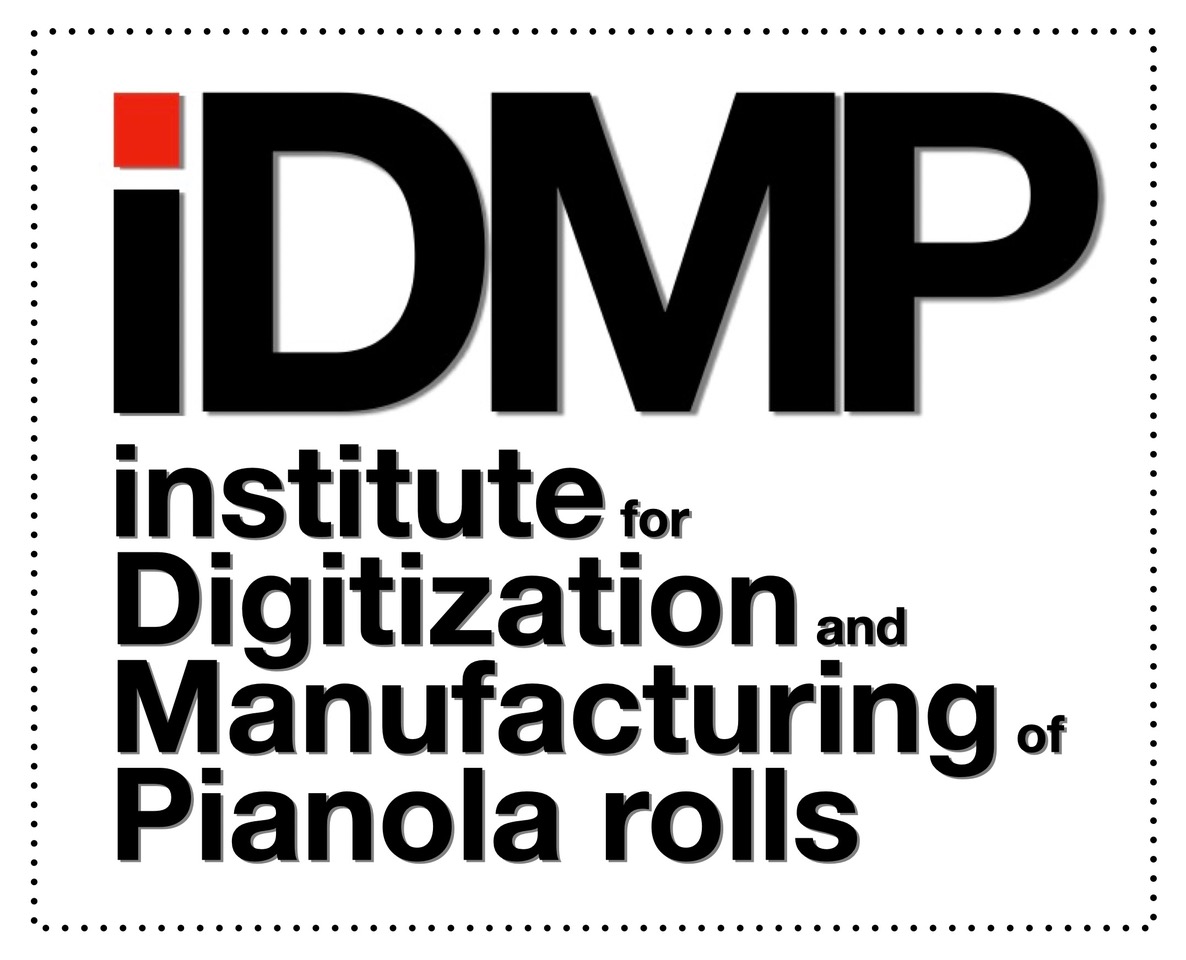Die Hupfeld AG in Leipzig hat zusätzlich zu der sehr erfolgreichen Phonola das DEA (lat. “Göttin”) Reproduktionssystem 1907 auf den Markt gebracht. Damit wollte die Hupfeld AG ein Produkt in Konkurrenz zum früher erschienenen Welte-Mignon positionieren.Wir vermuten, dass Hupfeld die DEA Technik von Beginn an für die Künstlerrollen eingesetzt hat, jedoch zu langsam war, um ein fertiges Kundenprodukt in Konkurrenz zu Welte auf den Markt zu bringen. 1912 wirbt Hupfeld damit, den ersten Reproduktionsflügel auf den Markt gebracht zu haben – Welte hat die Reproduktionstechnik erst ab 1913 in Flügeln angeboten. Jedoch war der Markt für Reproduktionsinstrumente schon fast gesättigt und die Mode verlangte nach selbstspielenden Geigen und anderen Neuerungen. So konnte sich das DEA System nicht am Markt durchsetzen. Das Hupfeld DEA hatte die breiteste aller verwendeten Skalen mit 106 Löchern. Auch hier sind links bzw. rechts die Betonungssteuerungen für Bass- und Diskant.
DEA Instrumente sind heute sehr selten anzutreffen – zumeist als Rönisch Klavier oder Flügel. Auf Grund der vergleichsweise geringen Verbreitung sind heute nur noch wenige Originalrollen erhalten.


